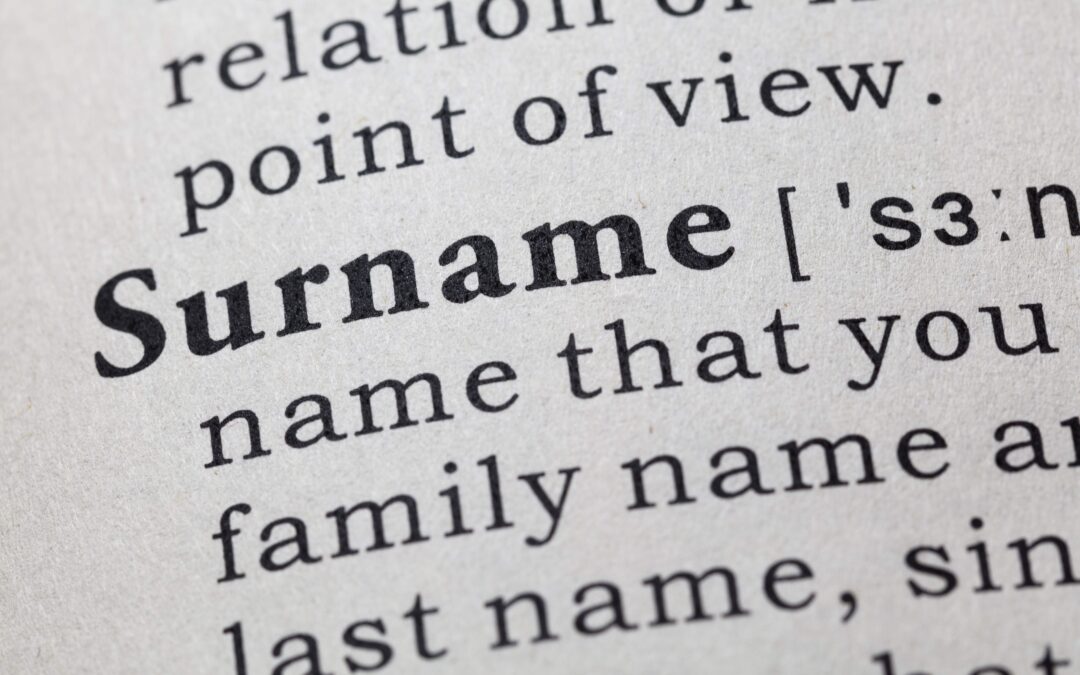TRADEMARKS
What’s a trademark? Trademarks are source identifiers. A trademark is a word, phrase, logo, design, sound, fragrance, or combination of those things, which identifies the source of a product or service. It is a device that lets consumers know a product or service originates from a particular person or entity.
Trademark Registration
Like copyright registration, trademark registration is not mandatory. That being said, if you invest in creating a marketable brand, you should probably invest in protecting it and the source identifiers that go along with your brand. Taking that extra step to protect what’s yours will enhance the value of your company and provide you with tools to protect your business. The U.S. Patent & Trademark Office is a wonderful resource.
As with anything, you can handle the registration yourself. But if you get it wrong, it will be a lot more expensive to clean up the mess later. The expense could be hiring a real competent professional or you end up discarding that application and having to start again from scratch. Either way, the cost of cleaning up a mess is always more than doing it right the first time.
Having a competent trademark registration attorney on your team can be a great benefit. They can appropriately advise you on every aspect of the trademark prosecution process. For example, an attorney can counsel you on how to select a mark that CAN be protected. Did you know not every mark rises to the level of an enforceable trademark? In some cases, even if you were able to register certain weak marks, you would not have the protection you really want.
A competent trademark attorney will likely have access to the tools to perform a “comprehensive” trademark search. They will also know how to effectively analyze the search report. It is not as simple as looking for identical marks.
A competent trademark attorney can effectively counsel you on proper identification of goods descriptions. If you get the description wrong, you will likely not be able to alter it later. So getting it right the first time is key.
A competent trademark attorney will know how to respond to office actions, both procedural and substantive. Researching and drafting a substantive office action response is like filing a trial brief or a motion response. Get it wrong, and you’ll pay later.
Finally, a competent trademark attorney can counsel you as to all of the post-registration steps you MUST take. If you miss a step, you risk losing the valuable trademark.
Regardless of the benefits of having a competent professional who understands trademark law and how to apply it, you can always do it yourself on the www.uspto.gov website. But again, if you get it wrong, you will pay.
What is Branding and Why is it Important?
Trademark protection is an essential part of your brand strategy. If you are focused on brand building, then having registered trademarks as part of your portfolio is important. Branding your business online takes thought, dedication, and most of all — time! You must come up with a color scheme, logo, design, image, and/or an image that unifies your business as a brand. More importantly, your brand must be recognizable and must communicate to your audience what it stands for.
When you establish your business brand online, a great deal of time is invested in spreading the word across the Internet and getting your credibility established. By using online tools, such as social networking resources, video marketing, pay-per-click advertising, search engine marketing, mobile marketing, and other advertising mediums, people will eventually associate your brand with quality and value.
Without a brand name and/or a distinctive brand image, your business will not stand out in the marketplace from other vendors who provide a similar product or service. If you are going to invest time and money in establishing a presence in the marketplace, your next step should be protecting it. Protection of your brand starts with protecting your trademarks, e.g., your logos, designs, taglines, slogans, in some cases trade names, or any other device used to market your products and/or services in the marketplace. To ensure it is done correctly — the first time — you should hire a competent trademark attorney to assist you in the process.
Registered Trademarks and Trademark Search.
There are many benefits for a brand owner when they take the time to perform a comprehensive trademark search before filing a trademark application. Further, the benefits of trademark registration in the United States for anyone doing business in the U.S. are enumerable. By registering a trademark with the Trademark Office you increase the odds that your business brand will be protected, you legally discourage others from using your trademarks, and you increase your options in the event of trademark infringement.
In addition to these benefits, trademark registration makes it known to the public that your brand name cannot be used by any other party and it prevents another company from claiming ignorance if they infringe upon your trademark. You can also use your trademark registration in the U.S. as a foundation to apply for a trademark in another country.
Trademark registration also enters your brand name into trademark searches. If another company tries to register with your brand name, the United States Patent and Trademark Office will likely deny the application unless there is a good reason not to do so.
Another benefit of trademark registration is the solutions you can tap into in the event of trademark infringement such as the right to sue in federal court. You can also recover three times the amount in damages including attorney fees if another company infringes on your trademark.
Once you have a registration, the USPTO allows you to affix the registered trademark symbol “®” next to your trademark. This builds trust and goodwill among your existing customer base and helps you to attract new customers. Oftentimes when customers are looking to purchase a product or service, they choose the product or service with a familiar or well-known brand. Why? Because they think it’s reliable, because they remember the brand components, and because they’ve been indelibly imprinted on their brains. When it comes down to making a choice between choosing a business with a trademark symbol next to their brand name and a business that does not, they will naturally choose the company that took the time to register their trademark.
All of these benefits are important. However, be very clear that the most important step you can take in protecting your trademark is to perform (or hire someone) a thorough comprehensive trademark search. If you bypass this most crucial step, you risk being challenged by a prior user for the likelihood of confusion or at the worst, trademark infringement.
Copyright and Trademark
Many online business owners confuse trademark registration with copyright registration. Trademark registration refers to protecting the brand name, color, design, and/or logo of your business, and provides a means to distinguish your product from others in the marketplace. Copyright registration refers to protecting original creative content, such as books, articles, blog posts, photos, website content, videos, music, plays, movies, cartoons, and a number of other items. While both are forms of intellectual property, they are handled differently. Understand the difference.
If you need someone to perform a trademark search or if you need help with filing a trademark application with the U.S. Patent and Trademark Office, contact Francine today.
Publishing Blogs

Trademark A Name
How to Trademark a Name A trademark can be a word, phrase, design, logo, color, sound, or a combination of those things that identifies the source of a product or service. Surnames can be also used as trademarks, but only under certain circumstances. Primarily...

AI and copyright
The Ongoing AI Authorship Debate. Artificial Intelligence (“AI”), while not new, has become the new darling of the technology world. AI-generated works of art have ignited a firestorm among legal professionals. Why? Because traditionally copyright protected works of...
What is a Trademark?
A trademark is a word, phrase, name, logo, color, sound, or a combination of those things that identifies the source of a product or a service.
What are Some Examples of Trademarks?
Examples of trademarks are Nike, Adobe, Microsoft, Apple, Google, Just Do It, I’m Lovin’ It, Ford, Lexus, Mercedes Benz, Roku
What is the Difference Between a Strong and Weak Trademark?
What is the Difference Between Common Law and Registered Trademarks?
What are the Benefits of Trademark Registration?
Despite the initial cost of filing and maintaining the trademark once registered, there are several benefits to investing in trademark registration. Among them are:
- legal presumption of ownership
- nationwide protection
- constructive notice to 3rd parties
- the right to file with US Customs
- availability in the USPTO search database (TESS)
- right to use the trademark registration ® designation
- the right to file a lawsuit in federal court
What is the Proper Trademark Symbol to Use?
How Long Does a Trademark Last?
Forever, so long as the trademark registrant performs all post-registration actions. Those actions include:
- filing the Declaration of Continued Use between years 5-6 from the date of registration
- renewing the trademark between years 9-10 after registration and subsequently renewing every 10 years thereafter
- monitoring the trademark in the marketplace to ensure that no one is violating your rights
- most of all, using your trademark in the way declared in the Statement of Use or Allegation of Use